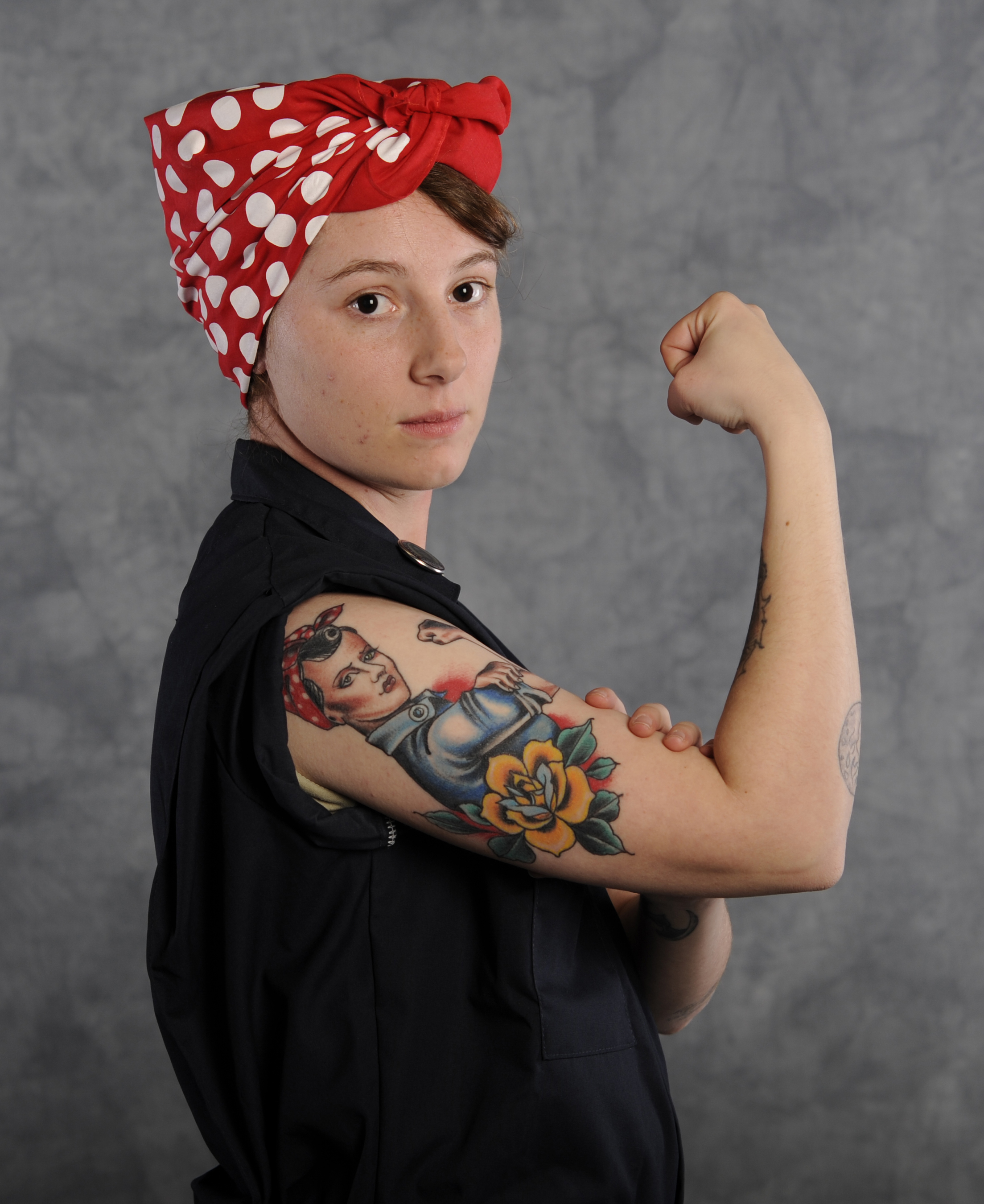By Jim Garamone
DoD News, Defense Media Activity
WASHINGTON, March 18, 2015 – The chairman of the Joint
Chiefs of Staff opened a photo exhibit today at the Pentagon that puts
America’s relations with China in a new light.
Army Gen. Martin E. Dempsey praised the exhibit – titled
“National Memories” – which shows American and Chinese service members working
together during World War II.
The United States and China were allies during the war, and
more than 250,000 Americans served in the China-Burma-India Theater under Army
Gen. Joseph Stilwell. Retired Army Col. John Easterbrook, the grandson of that
theater commander, spoke at the opening ceremony about the campaign. Actions in
Europe and in the Pacific overshadowed the scope of the effort in the region,
he said, and many present-day Americans are surprised to learn of the U.S.
effort against Japan in China.
In China, too, the American effort in the country was
forgotten, but for other reasons. Following the war, a civil war broke out in
China, and with the victory of Mao Zedong’s Communist party all mention of
cooperation with America was stricken from the record. “Many photos, letters,
memorabilia that might link someone to the defeated Nationalists were
destroyed,” Easterbrook said. “Anything that survived was destroyed in the
anti-rightist campaigns and the Cultural Revolution.”
Uncovering History
Into this historical void stepped Zhang Dongpan, who also
spoke at the exhibit opening. “In 1999, a friend sent me an old photograph from
World War II; it showed a U.S. soldier’s funeral at a Yunnan battlefield,”
Zhang said via translation.
The photo conflicted with the official history that the
Chinese Communist Party defeated the Japanese alone. “That old photo told me
that during World War II, the U.S. Army came to China, and at least one
American died fighting in China, for China,” he said.
Zhang’s research led him to Easterbrook, and the two worked
to contact survivors of those Americans killed in China during the war. Zhang
also discovered that the U.S. National Archives had more than 23,000 photos of
all aspects of the American interactions with Chinese during the war, taken by
Army Signal Corps photographers.
In 2006, Zhang and his team copied and digitized the photos,
and in 2010 he opened “National Memories” in China. Millions of Chinese have
seen the photos in cities around the country, he noted.
“Today, when you discuss World War II with the Chinese
people, increasingly they will tell you [that] in that war, the United States
helped us, and we thank you,” Zhang said. Zhang – who served four years in the
People’s Liberation Army – now wears a pin based on the shoulder patch of the
China-Burma-India Theater, combining the Nationalist sun and the American star.
U.S. Military’s Vestiges of China
Dempsey viewed the pictures and praised Zhang and
Easterbrook for their efforts. “This exhibit can help people on both sides of
the Pacific remember this part of our shared history,” he said. “You can take
pride knowing that your hard work will continue to deepen the understanding and
communication between the United States and China.”
There are still vestiges of the U.S.-China relationship in
the American military, the chairman said. The Air Force maintains strong
identification with the legendary Flying Tigers who fought in the skies over
China. “Today’s Army Rangers trace their legacy back to Merrill’s Marauders –
that special forces unit in Burma that turned the tide of the war in the
China-Burma-India Theater,” he said.
Peace, Security in Asia
“America has long-standing interests in peace and security
in the Asia-Pacific region, clearly demonstrated then as today,” Dempsey said.
The chairman has made a number of trips to the region, including a trip to
China last year, and has hosted Asian leaders at the Pentagon.
“In this venue, I think it is particularly important to
point out Japan’s solid record as a staunch U.S. ally for the past 70 years,”
Dempsey said. “Their demonstrated commitment to peace, prosperity and security
in the region and the world shows that the Japan of the era of these photos is
no more.”
Photographs are ‘Source of Pride’
Chinese defense and air attaches attended the opening, as
did combat cameramen from the 55th Signal Battalion. They are the military
descendants of the men who shot the photos from 1942 to 1945 – the 164th Combat
Camera Company. Zhang praised those shooters, saying “the courage they showed
going to war, armed only with a camera in order to preserve history, has left
an indelible mark on our shared heritage. Their photographs of China’s lost
military heritage have become both a source of pride for us and a challenge to
pursue the power of truth.”
Zhang said he will continue his education effort in other
American and Chinese cities.
The exhibit is at the apex of corridors 1 and 2 on the
Pentagon’s third floor.








